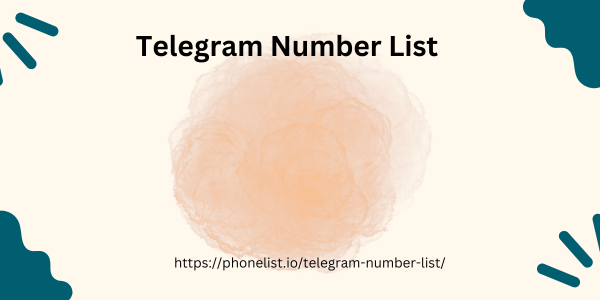Finland Telegram Material Improving Telemedicine with Infrared Technology
Infrared technology can significantly enhance telemedicine services by providing remote, non-invasive monitoring and diagnosis. Here are some key ways:
1. Remote Patient Monitoring:
Vital signs: Infrared thermometers can accurately measure body temperature, a crucial vital sign for remote patient monitoring.
Skin condition assessment: Infrared imaging can help assess skin conditions like rashes, burns, or pressure ulcers.
Wound healing: Infrared technology can monitor wound healing by measuring temperature changes and blood flow.
2. Non-Invasive Diagnostics:
Fever detection: Infrared thermometers can quickly identify patients with fever, a common symptom of various infections.
Inflammation assessment: Infrared imaging can detect areas of inflammation, which are often associated with Finland Telegram Database infections or chronic conditions.
Early disease detection: Infrared technology can potentially detect early signs of certain diseases, such as skin cancer or cardiovascular issues.
3. Remote Consultations:
Visual aids: Infrared images can provide healthcare providers with valuable visual information during remote consultations, helping them make more accurate diagnoses.
Real-time data: Infrared sensors can transmit real-time data on patient’s vital signs and other parameters, enabling timely interventions.
4. Remote Rehabilitation:
Movement analysis: Infrared motion sensors can track patient movements, helping to assess progress in rehabilitation programs.
Pain management: Infrared BH Leads thermography can help identify areas of pain or inflammation, guiding treatment decisions.
5. Preventive Care:
Health risk assessment: Infrared technology can help identify potential health risks based on physiological parameters, enabling America Cell Phone Number Data Address proactive preventive care measures.
Chronic disease management: Infrared monitoring can assist in managing chronic conditions like diabetes or heart disease by tracking vital signs and detecting early complications.
By integrating infrared technology into telemedicine systems, healthcare providers can offer more comprehensive and effective care to patients, especially those in remote or underserved areas.

